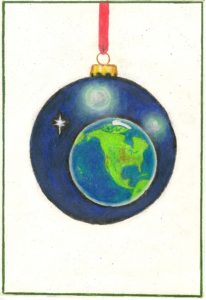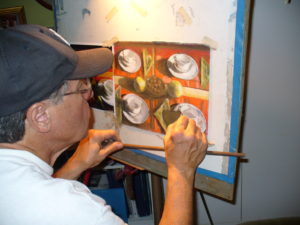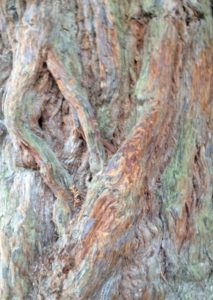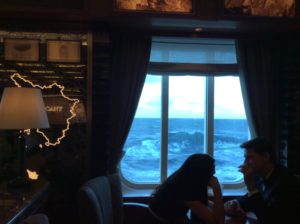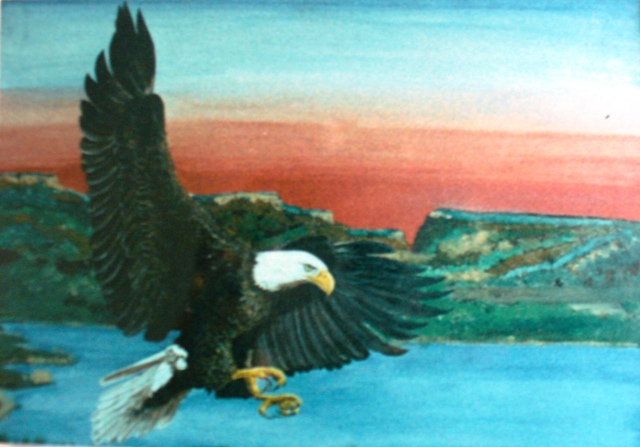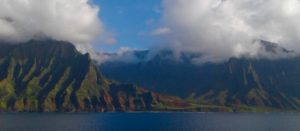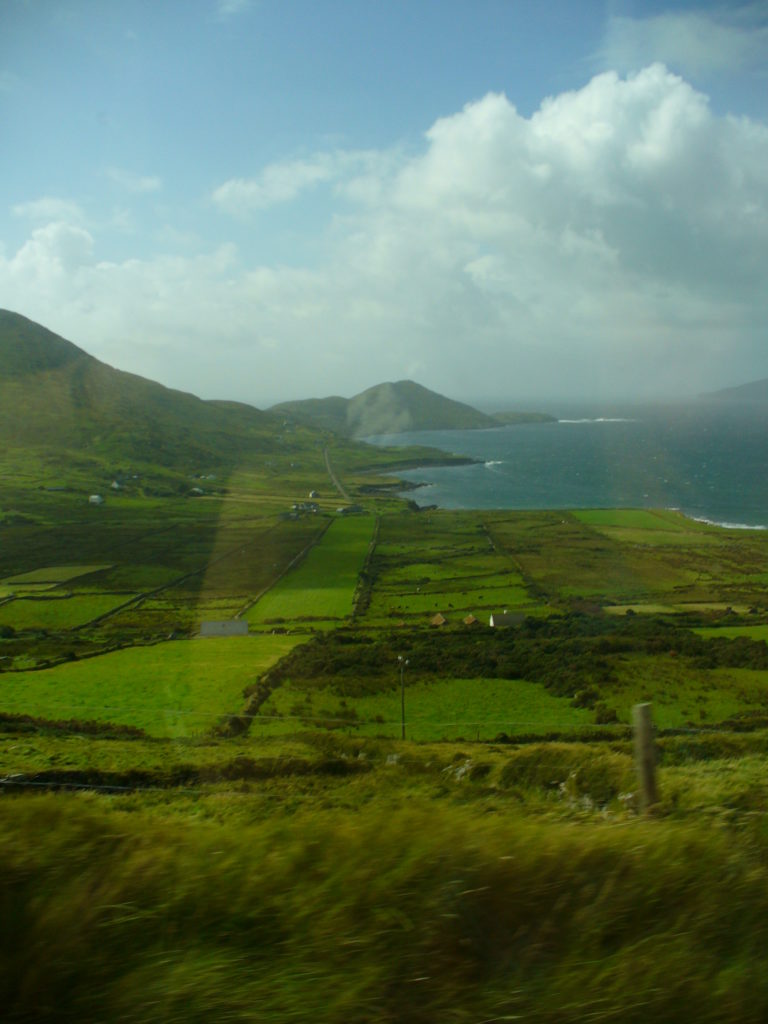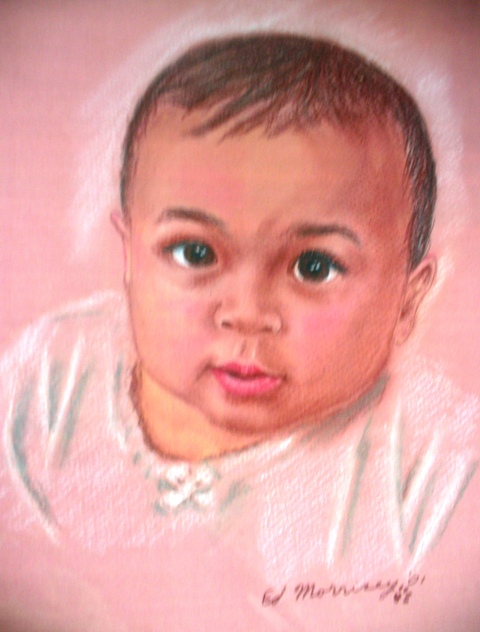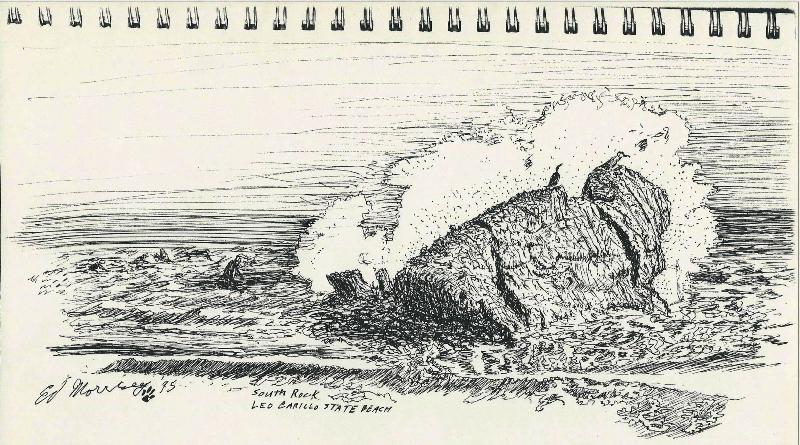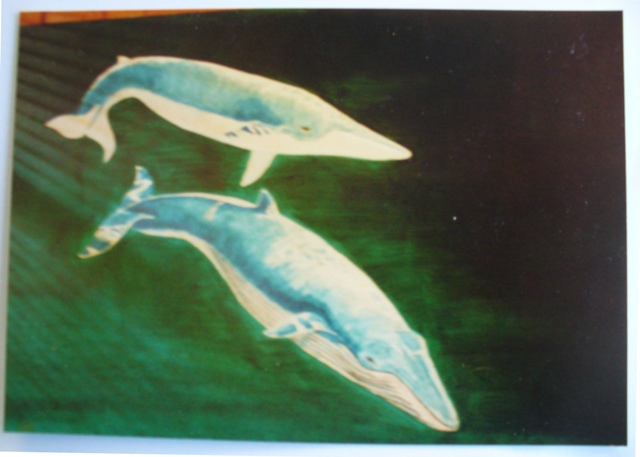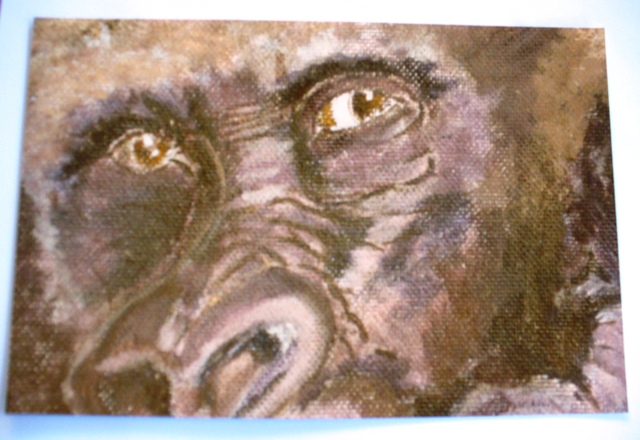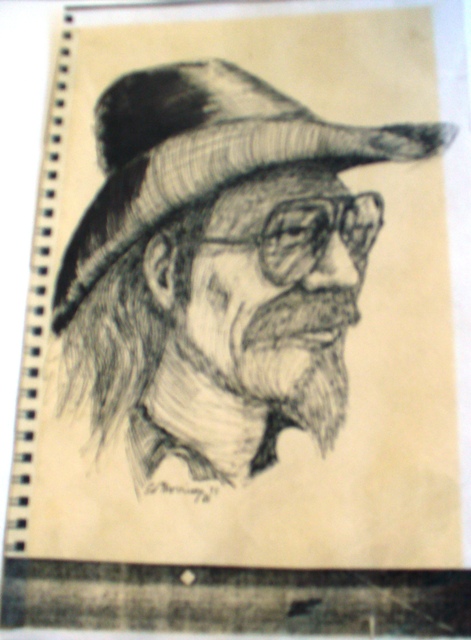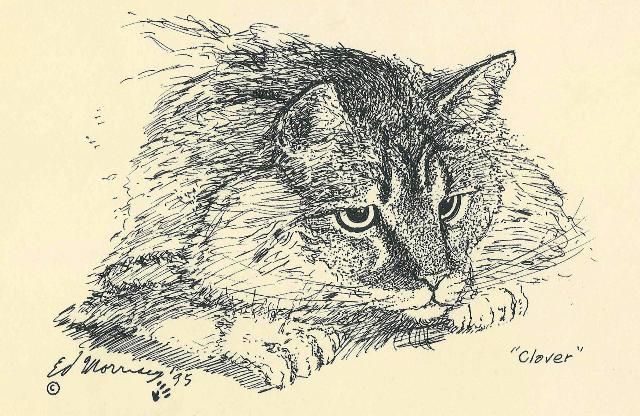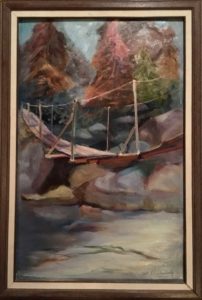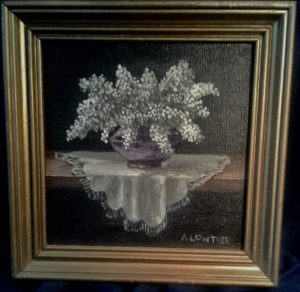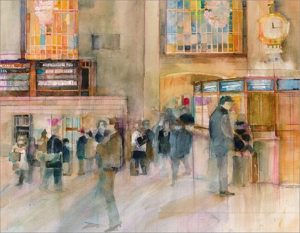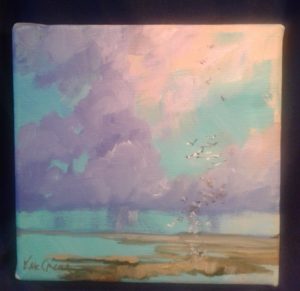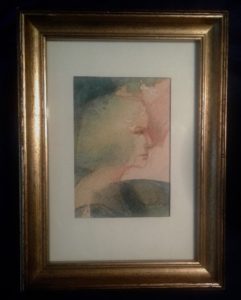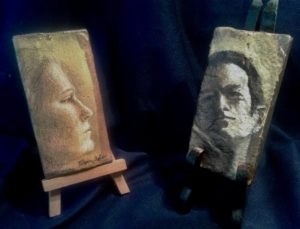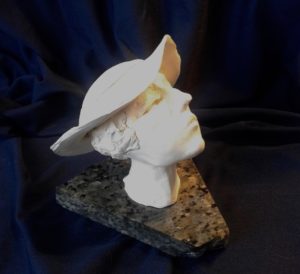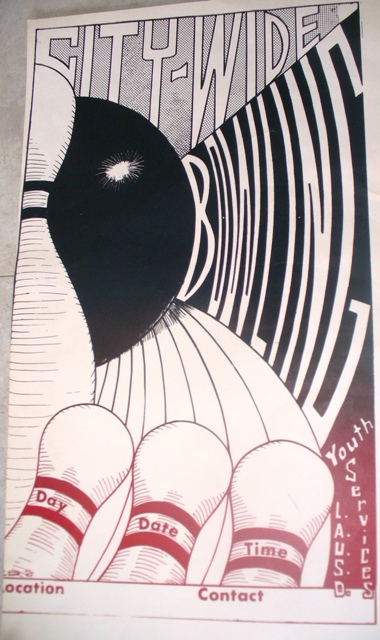Gabriele, our esteemed yoga instructor, asked the class what we’d been doing with the decade.
Faced with the week's internet reminders of 2010s’ earthquakes, tsunamis, volcanic eruptions, manmade disasters, epidemics, brutality, mass shootings, war and more war, my first thought was a 1977 lyric by the Bee Gees: “Ah, ha, ha, ha, stayin' alive, stayin' alive.”
By accident of geography, none of 2010s’ tragic events destroyed my life or the life of my husband, Vince Mancuso, as they have devastated so many others. Both of us have experienced the loss of loved ones. We moved forward, steeled by our memories and gratitude. By instinct, we’ve managed to avert self-induced disasters.
Steps to Buying Time
“Stayin Alive” is classic rock we are likely to hear at the YMCA in 45-minutes of Silver Sneakers exercise, a weekly habit for half the 2010s. Then, too, doctors who insist on periodically checking “under the hood” do avert catastrophe, and Vince and I do fall into line, this thanks to health insurance.
Dodging Dubious Awards
So far, we dodged being named candidates for the Darwin Award, a mortifying distinction for, “improvement of the human genome by honoring those who accidentally remove themselves from it in a spectacular manner!”
- One 2019 Darwin Award went to the rhino poacher who snuck into an African preserve only to be trampled by an elephant and eaten by a lion.
- A more sobering 2018 cautionary tale: “Man suffers a fatal heart attack after getting his head stuck beneath an electric footrest at the cinema while retrieving his cellphone from the floor.” (Given our 2019 obsession with Tuesday $5 movies and bafflement in adjusting the theater’s recliners in the dark, I see how this could happen. Resolution: Bring flashlight on Tuesdays.)
Staying Positively Alive
Aside from mindful yoga breathing, we’ve kept spirits lifted by exercising the muscle memory of a positive attitude - all rotten current-events to the contrary. We keep discovering friends of the road who share a zest for life and bring common sense, laughter, music, creativity and hope where they go.
Facing the Noun Dilemma
At this year’s St. Pete Festival of Reading at the University of South Florida, we heard humorist Dave Barry, for decades the country’s most widely syndicated columnist, confess a simple truth of aging. When Barry hit 70, he noticed word slippage. “The nouns are the first to go.”
How easy to relate, what with dinner conversations cloaked in mystery: “Remember the guy we met at that restaurant a while back when we were with what’s her name?”
Serving up nouns has become as common a courtesy in our house as passing the potatoes, except I’ve gone low carb this year; so it’s more like passing the riced cauliflower.
Feeling Energized in Nanoseconds
All too brief summer days up North with my granddaughter and grandson energize, especially when we swim together. I also was touched to see how tenderly the tween and teen welcomed home their first kitten. And, watching them for the first time venture into Manhattan, more than once shoved and elbowed into a packed city bus, was a study in nonchalance, experiences they later shrugged off as, “Cool.”
Going Boldly
Henry David Thoreau said, "Proceed confidently in the direction of your dreams and endeavor to live the life you imagine, and you will meet with a success unknown in common hours."
I found Thoreau 's words to be as true as warnings to beware of the world.
With this in mind, Vince and I boarded trains in foreign cities in the 2010s: Dublin, Cork, Paris, Barcelona, Perginon, Venice, Florence, Milan, the Alps and Copenhagen. Love those highspeed trains. Love the reflexes that kick in when entering crowded train stations in foreign cities swirling with a clockwork precision. I thank Grand Central Station, my first love, for honing those survival reflexes.
What started as dabbling in Caribbean cruises led to Atlantic crossings when our infinitesimal selves could reflect on our origins. A recent week on the East Coast of Florida led to more reflection, standing on the beach beside crashing waves as the pointed nudges of a warm wind mocked our attempts to balance in a yoga stance.
A Trifling We Go
Noticing how trifling we are to the waves and wind seemed essential to grasping we are here. “Here” is as wild and terrifying a reality as it is precious. Approaching the 2020s, we're "stayin," however long, in awe.
